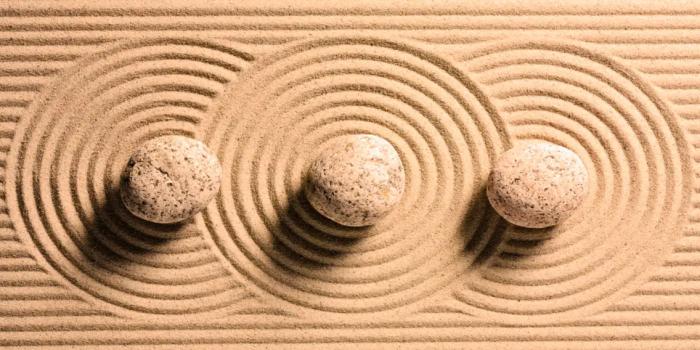In the mesmerizing dance of celestial bodies, the universe weaves an intricate tapestry of gravitational forces and orbital choreography. Among the most profound puzzles in physics and mathematics is the enigmatic three-body problem, where the introduction of a third celestial body transforms the equations into a turbulent maelstrom of complexity.
In a breathtaking feat of mathematical exploration, an international team of brilliant minds now claims to have unveiled an astonishing 12,000 new solutions to this vexing problem—a monumental addition to the few hundred known scenarios. These groundbreaking findings, though not yet subjected to peer review, illuminate the awe-inspiring intricacies of celestial mechanics and the boundless potential for understanding the cosmos.
Over three centuries ago, Sir Isaac Newton’s laws of motion provided the foundation for understanding the motion of objects in our universe. Since then, mathematicians and physicists have embarked on an enduring quest to decipher the riddles posed by the three-body problem. Unlike the simplicity of our Earth’s graceful orbit around the sun, the trajectories dictated by this problem often appear as convoluted, labyrinthine patterns, akin to a masterful artwork born from the cosmos.

The recently unearthed 12,000 solutions to this enigma are nothing short of breathtaking. These hypothetical trios of celestial objects commence their cosmic ballet from a state of rest and, upon release, succumb to the mesmerizing allure of gravity. They engage in a captivating spiral towards one another, a celestial waltz that draws them ever closer. In a dramatic climax, they gracefully pass by each other, only to embark on a journey of separation, where their paths diverge until gravitational attraction once again exerts its irresistible pull, setting the stage for an endless cosmic encore.
Lead author Ivan Hristov, a mathematician from Sofia University in Bulgaria, has marveled at the beauty intrinsic to these newfound orbits, deeming them to possess “a very beautiful spatial and temporal structure.” Leveraging the immense computational power of a supercomputer, Hristov and his team unearthed these celestial treasures, igniting hope that with advancements in technology, they could unveil even more, potentially quintupling the current tally.

Three-body systems are a common sight within the vast expanse of the cosmos. Star systems hosting multiple planets or stars engaged in mutual orbits are a testament to the complexity of the universe. While these newfound solutions may hold the key to unlocking cosmic mysteries, their practicality hinges on their stability—can they persist over eons without succumbing to chaos, potentially flinging one of the celestial dancers into the cosmic abyss?
Ivan Hristov underlines the importance of studying stability, recognizing that the “physical and astronomical relevance” of these orbits will only be fully understood with further investigation. Nevertheless, Juhan Frank, an astronomer from Louisiana State University, maintains a degree of skepticism regarding their real-world stability. He suggests that such three-body systems, after intricate orbital interactions, tend to split into a binary pair and a solitary escapee, often the least massive among them.
Regardless of their eventual cosmic relevance, these newly discovered solutions stand as a testament to the profound beauty of theoretical exploration. Ivan Hristov aptly summarizes their significance by noting that whether stable or not, these orbits are “of great theoretical interest.” In the grand tapestry of the universe, each equation, each orbit, and each discovery adds a stroke of brilliance to the cosmic masterpiece we continue to unveil.


